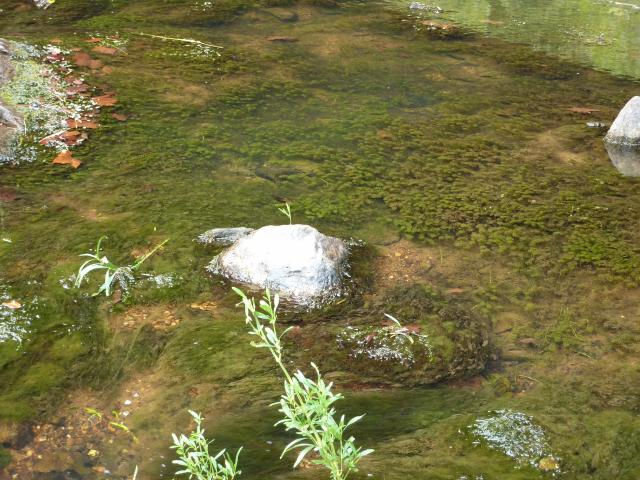
In recent months, we have talked almost exclusively about hydrilla in Kerr Lake and Lake Gaston, but what about the rest of the state? Today we will talk about why hydrilla isn’t JUST a local problem. Despite a multitude of advancements in aquatic plant management over the past few decades, we still seem to be seeing the problem invader spreading more and more with each passing year.
Most recently in North Carolina, the uninvited guest made its way into one of the states most precious natural treasures, Lake Waccamaw in Columbus County. Lake Waccamaw is an 8,950 acre Carolina Bay Lake, one of the the ONLY natural water bodies in the state. So why is this such a big problem you might ask? Well, unlike Lake Gaston and Kerr Lake (which are actually not lakes at all, but rather man-made reservoirs), Lake Waccamaw is a natural lake, which means thousands of acres of native aquatic vegetation. This vegetation helps drive an extremely diverse and unique food web, supporting various other animals. In fact, Lake Waccamaw supports 11 endemic species found ONLY in Lake Waccamaw and it’s tributaries and nowhere else in the world! The introduction of Hydrilla into such a unique system could mean disaster for the lake and it’s unique residents. Hydrilla, as we have learned for the past few weeks, quickly invades and out competes many native plant species thus potentially crashing the very foundation on which the lake’s fragile ecosystem exists. To further exacerbate an already difficult situation, Lake Waccamaw is only 11 feet deep at it’s deepest point. In Lake Gaston and Kerr Lake, hydrilla is at least kept from growing in deeper sections of the lake, however in Lake Waccamaw, the entire 8,950 acres is at risk of becoming infested. The existence of native vegetation also complicates management efforts as selective chemical control is needed to remove the plant without causing a great deal of native plant loss. Biological control, specifically the use of grass carp is nearly impossible in such a system as grass carp often prefer to eat some native species as much or more than the invasive hydrilla.
Another new addition to the North Carolina list of hydrilla infested water bodies is the Eno River in Durham County. The Eno river is one of the first cases of hydrilla growing in a moving body of water in the State. The river runs through Orange and Durham counties before running in the Falls of the Neuse Reservoir, a primary drinking source for residents of Raleigh and surrounding areas.
So Gaston, Kerr and now Waccamaw and the Eno River are the only Lakes in NC and VA to have hydrilla?…. Unfortunately, this is nowhere near the case. In North Carolina alone, there are 37 locations which currently receive support (whether financial or technical) from the North Carolina Aquatic Weed Control Program. This number has continued to grow from the initial discovery of the plant in 1980 in a pond in Wake County, NC. Keep in mind that these are only those that have been reported and covered by the program. There are countless other private and public lakes, ponds, reservoirs, etc in which hydrilla currently thrives. The amount of funding, time and personnel needed to keep the plant under control has also increased yet the availability of such resources has not, especially in recent years.
The spread of hydrilla across the state and the nation is of great concern to scientists, management personnel and the public alike. Researchers at North Carolina State University have recently suggested that hydrilla can establish well beyond the Canadian border and into most parts of Alaska meaning virtually no one is safe of the impacts caused by hydrilla. Increased needs for hydrilla management and control continue to stress already strained budgets as new infestations appear annually. The time is (and has been) here to focus more on prevention of spread (see Lake Environment: Aquatic Hitchhikers) and monitoring. If you are interested in how you can aid in prevention and monitoring efforts on your lake, feel free to contact Brett Hartis, Aquatics Extension Associate at the information provided below. For more information on Lake Waccamaw and the Eno River Hydrilla, see the web links for additional information.
Web Links For Additional Information:
Hydrilla: Fast-growing weed threatens to choke Lake Waccamaw
UNC-TV Hydrilla in the Eno River
If you have questions please contact your Aquatic Extension Associate, Brett M. Hartis, at (919)-515-5648 or email at bmhartis@ncsu.edu.


